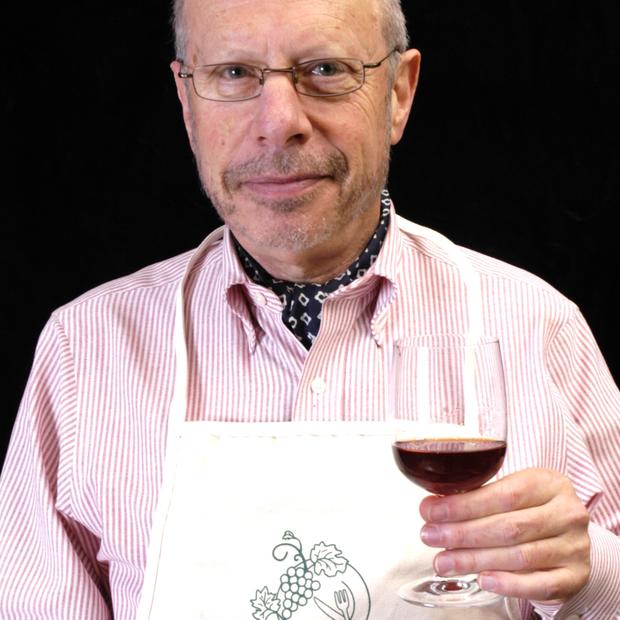Nothing to do with Hanukkah or Christmas, but this industrial capital of northern Italy, the country's largest metropolitan area, is bedecked with energy-saving lights and light-related art installations. It's the best time of the year to visit Milan, the Italians say, with the same confidential tone New Yorkers use to tout the virtues of Gotham in December.
The municipal office in the Galeria Vittorio Emanuele (the most elegant "mall" on the planet) wants you to know how fast Milan is adopting a new ethic of painless urban living. Thirty years ago, the city had a modest eight square meters (about 75 square feet) of green space per inhabitant. Today that number is 13.5 square meters, and the target, 20 years out, is 30 square meters.
Let's say Seattle has 600,000 inhabitants within city limits, half as many as Milan, as it happens. Seattle has 6,200 acres of parks, significantly more than industrial Milan, but almost no civic open spaces, piazzas and such, the elements of city living that make European life so much more interesting. Westlake Center, locus of Seattle's downtown civic architecture, has nothing on the Piazza del Duomo, believe me.
But wait, there's more. This capital of Campari and home of osso buco milanese (veal shank braised in tomato sauce, $37 at Ristorante Biffi in the Galeria) has installed a thicket of yellow shared-bicycle stations (www.bikemi.it), 1,200 bikes, 300 stations. You register online, and the first half-hour of each rental is free. Or you can pay $3.50 a day.
So let's continue with public transportation, since this is where Seattle completely misses the boat (as it were). Thirty years ago, Milan already had a reasonably good subway system: 30 miles of track, 57 stations. Today, there are three subway lines, 45 mles of track and 88 stations. On the drawing board for 2030, a total of 120 miles of track and 226 stations. And that's in addition to an existing network of streetcars and buses, three mainline rail stations and two international airports. Seattle has a bus tunnel with five stops (OK, and a light-rail system in its infancy).
The point is, local government here in Milan (elected by party affiliation, not individual candidates) recognizes that its job — its purpose, its mission — is not to putz around but to get stuff done, stuff that benefits its citizens, improves their lives, their access to culture, sports and nature. The ruling party decides, and the policy is put in place.
Access to wi-fi? So far, not so much. A network of 14,000 access points is planned, but only a half-dozen are active. Coffee shops like Seattle's, where you can park yourself all day? They don't exist; Italians drink their espresso standing up at the counter.
Culture, on the other hand, is a different story. One night at La Scala, temple of Grand Opera and ballet, the tout selling (perfectly legal but stratospherically priced) tickets outside the box office sends a visitor down the alley to a sketchy looking dude who produces a clipboard from the folds of his heavy wool coat. He writes down your name and tells you to come back at 5:30 for a number. At 6, you give that number to the real box office and they give you a voucher for standing room in the upper balcony. Ten euros, 13 bucks, to hear Barenboim conduct Die Walkure? You won't find that at McCaw.
As they go about their business, impeccably bundled up in $500 designer parkas against the morning's light snow and freezing temperatures, the Milanese are paying little attention to national politics in Rome. They are focused on the coming holidays with their promise of family and warmth. The marble steps leading from the Piazza del Duomo down to the Metro are salted twice a day.


